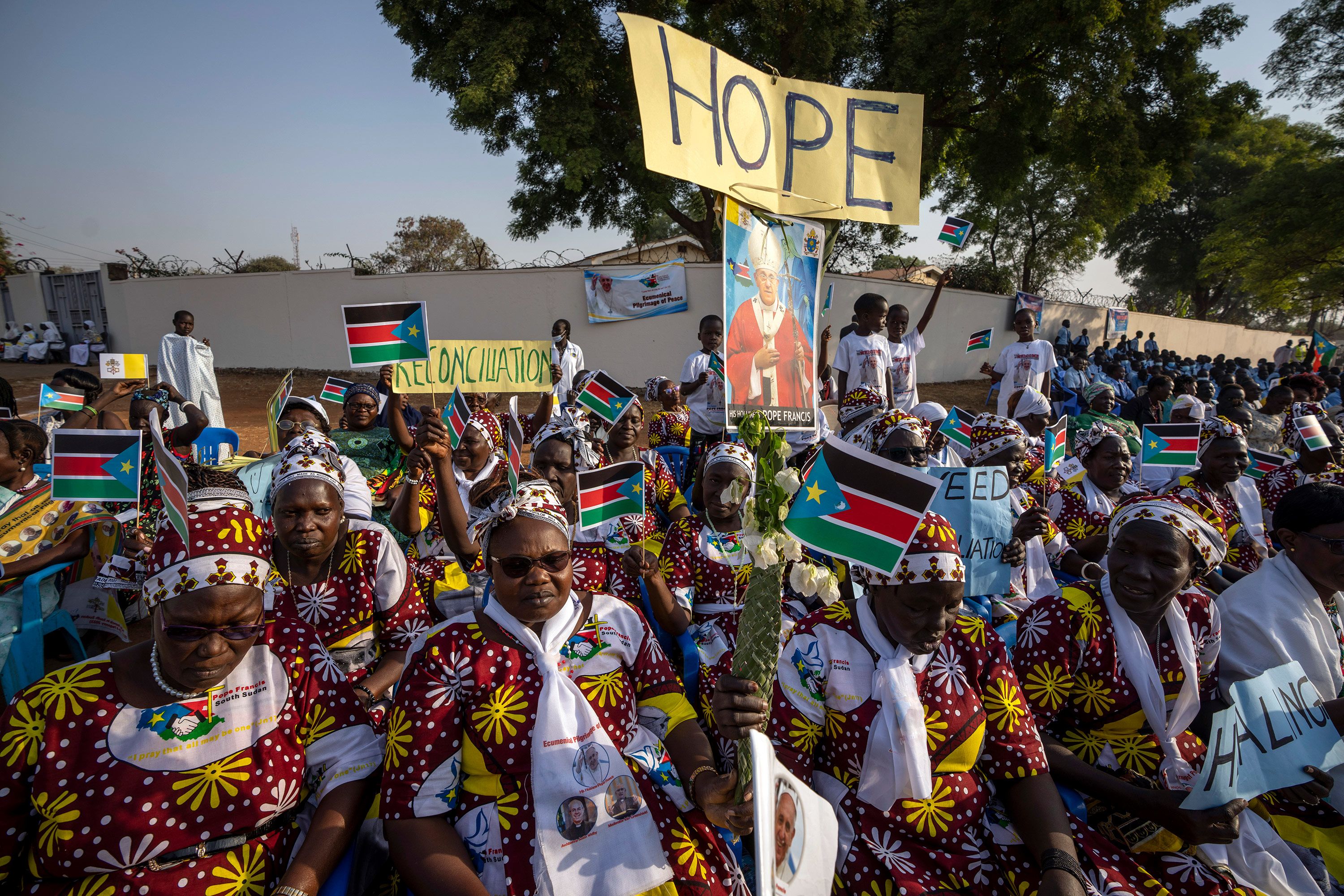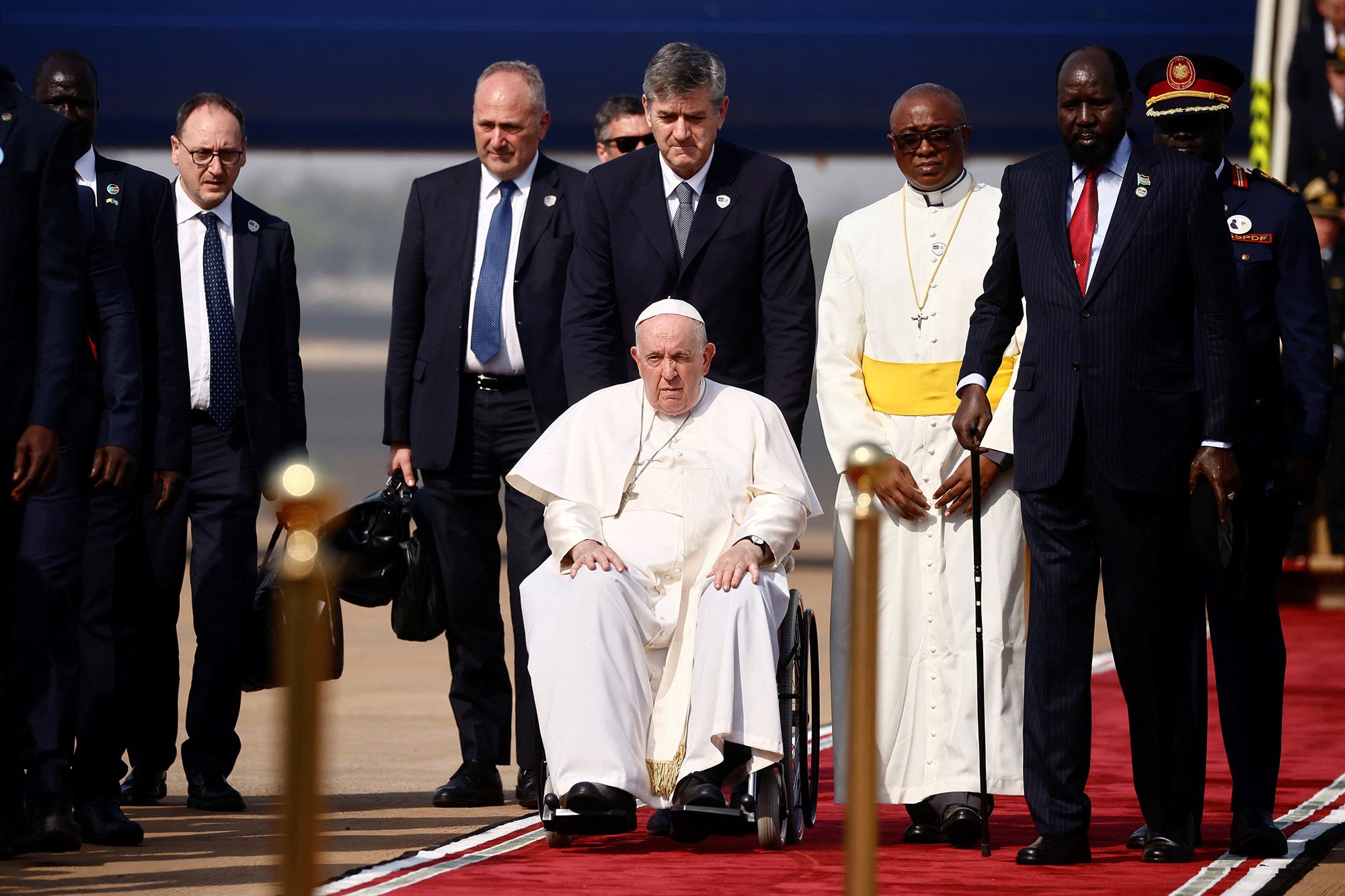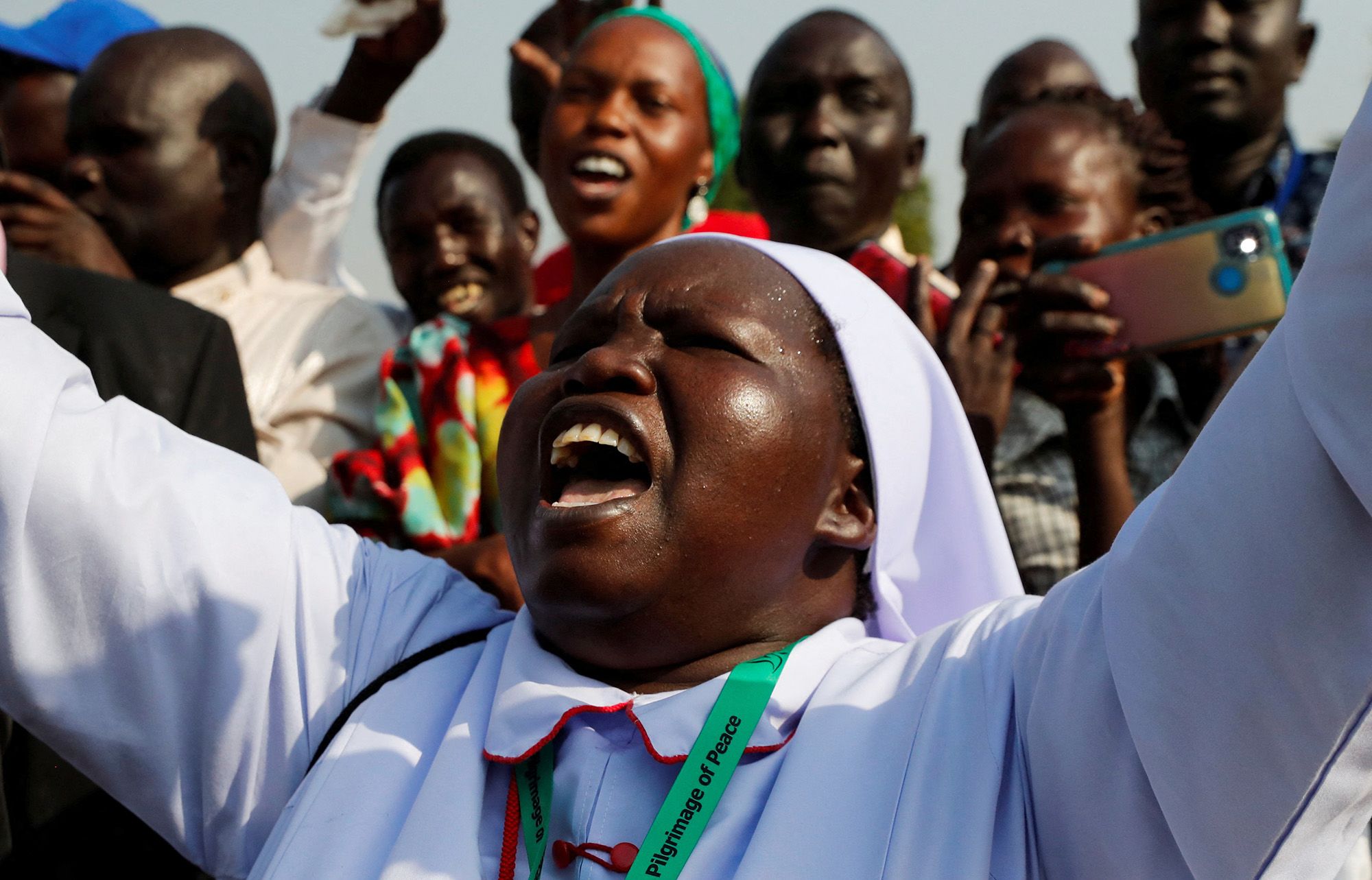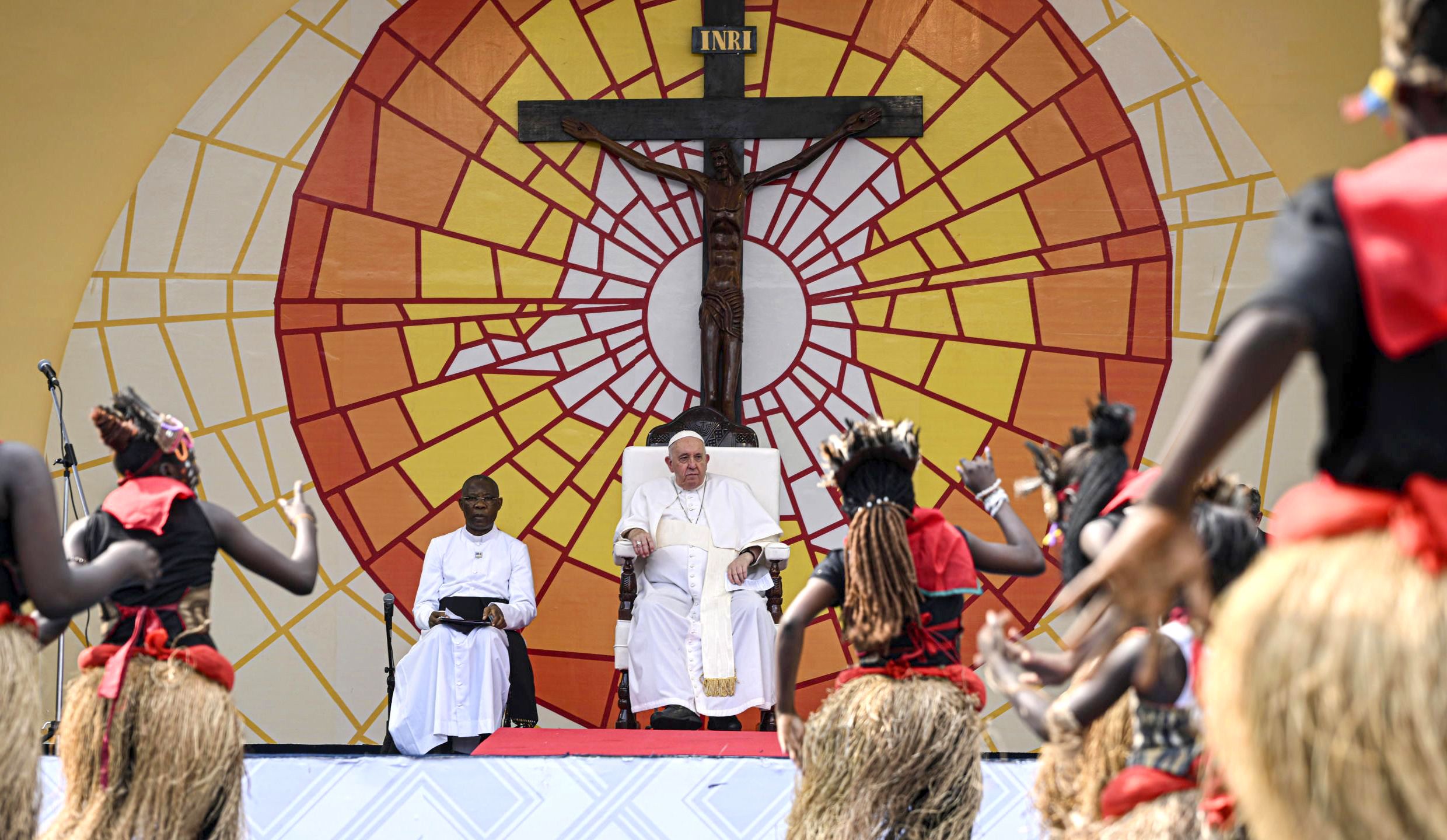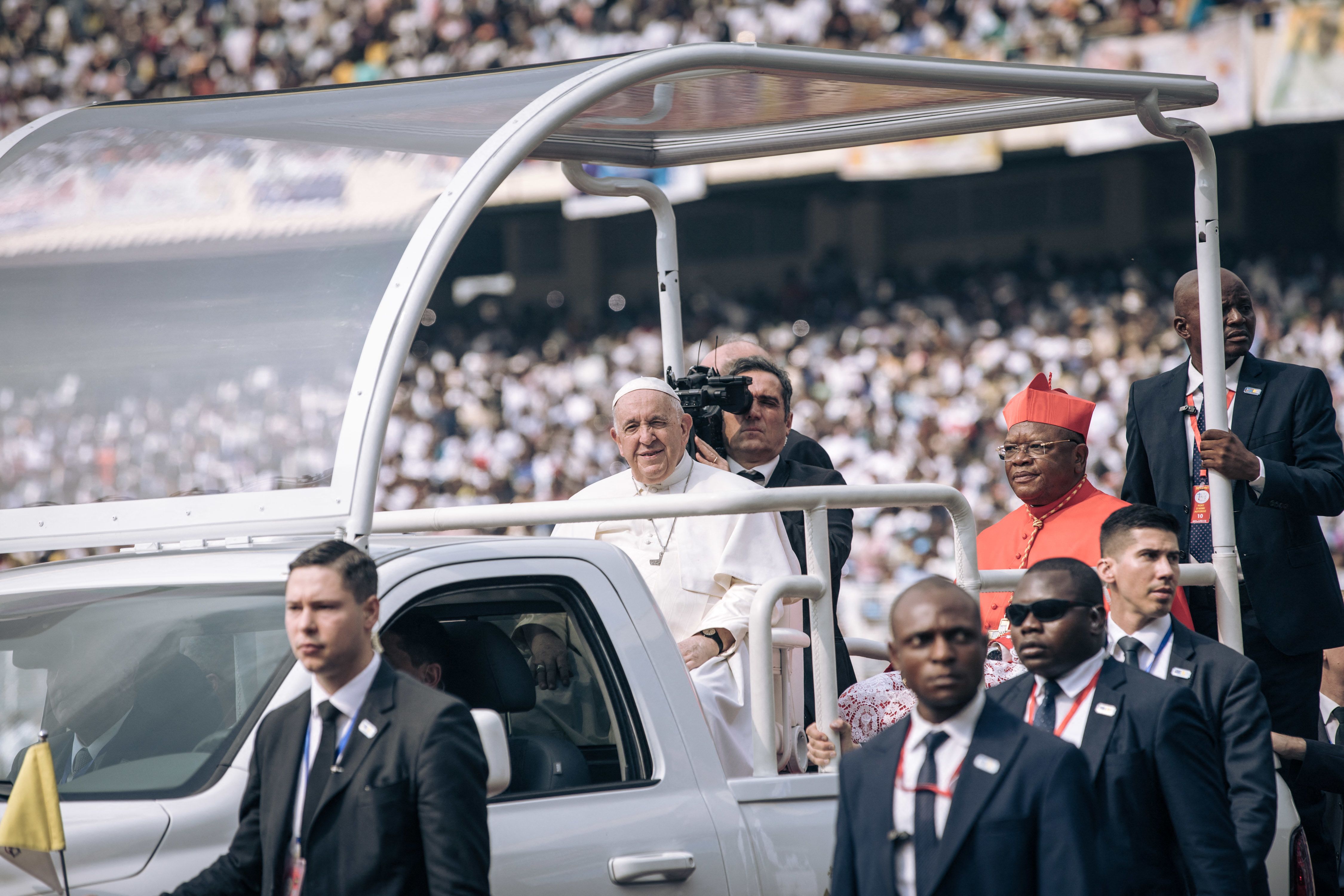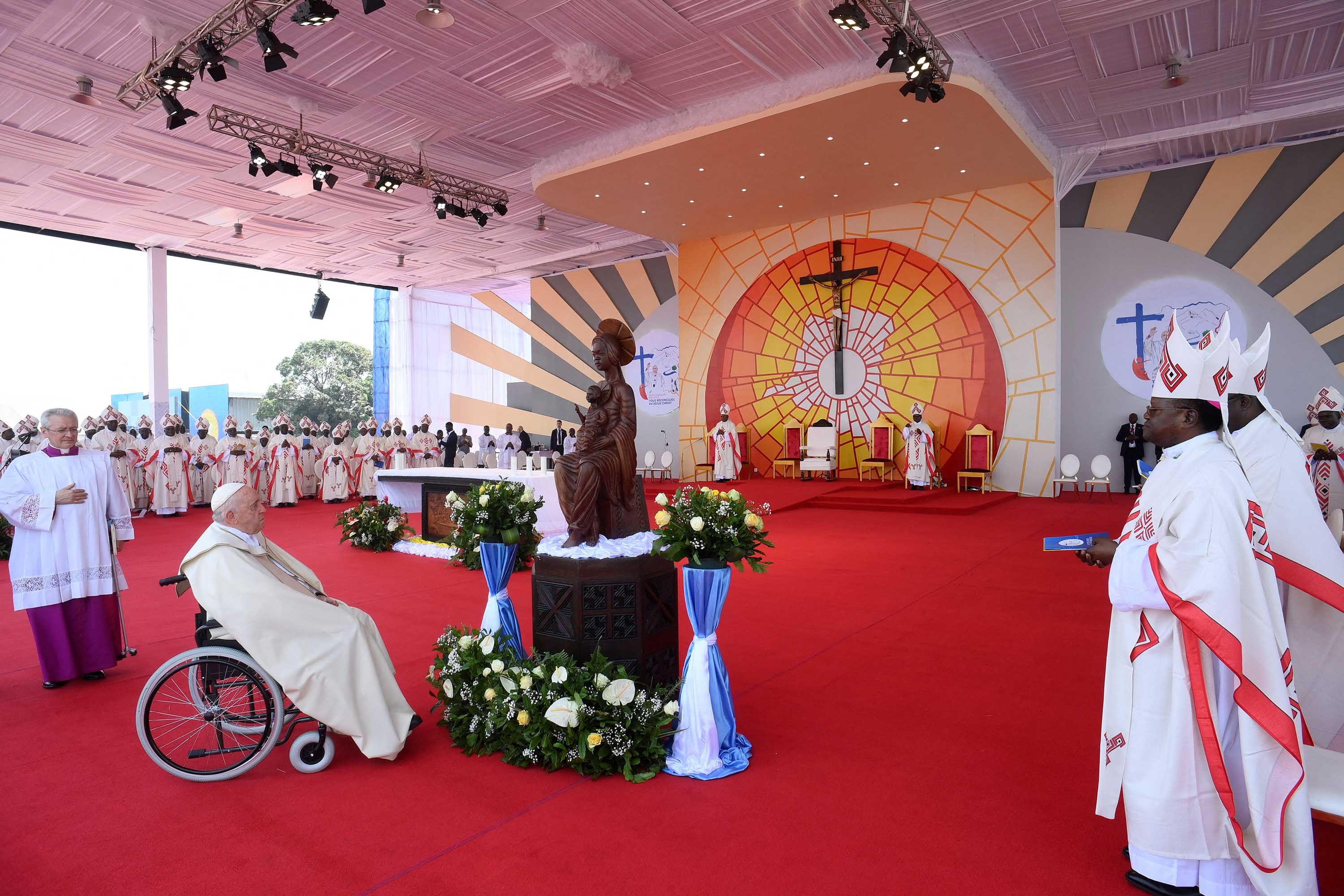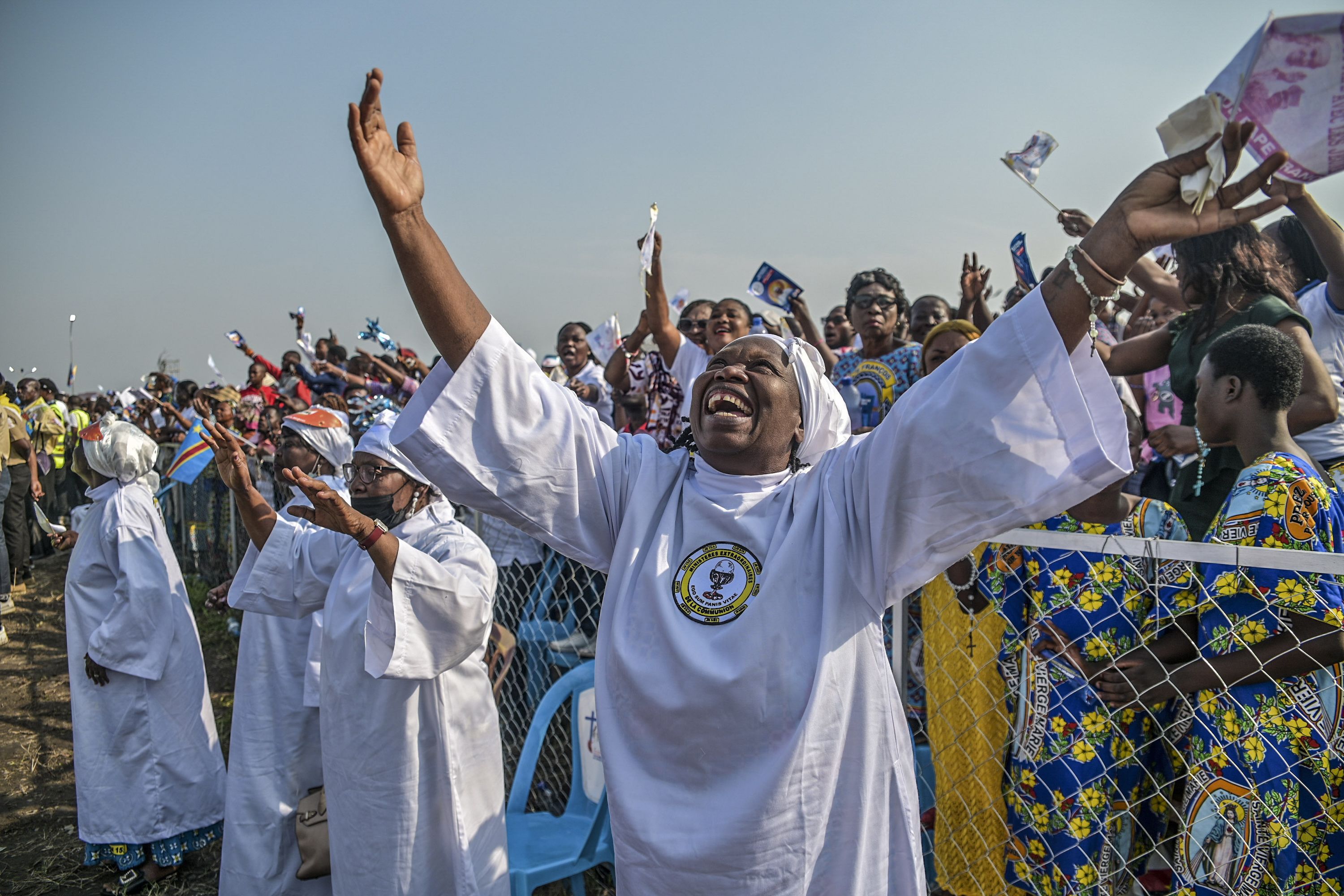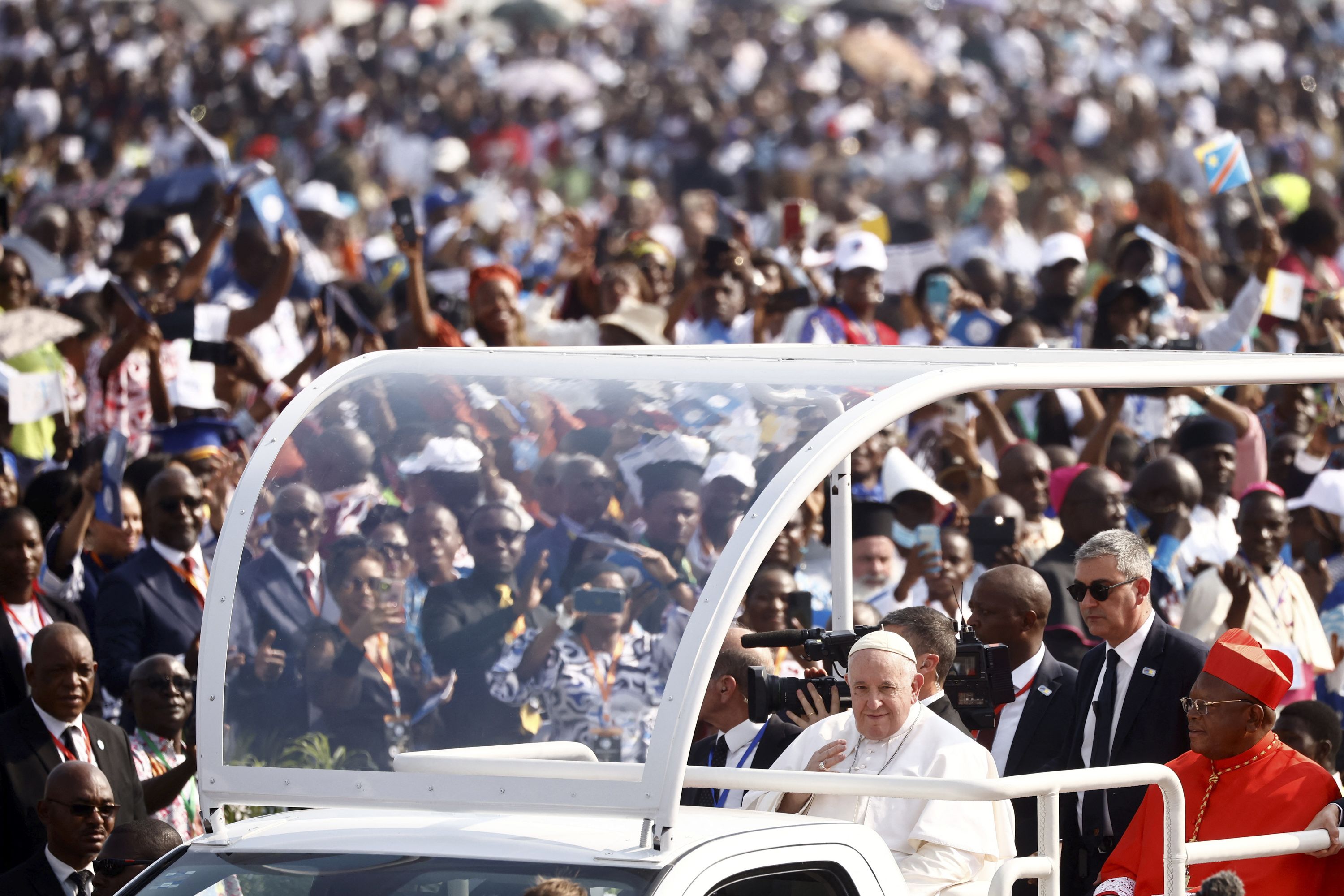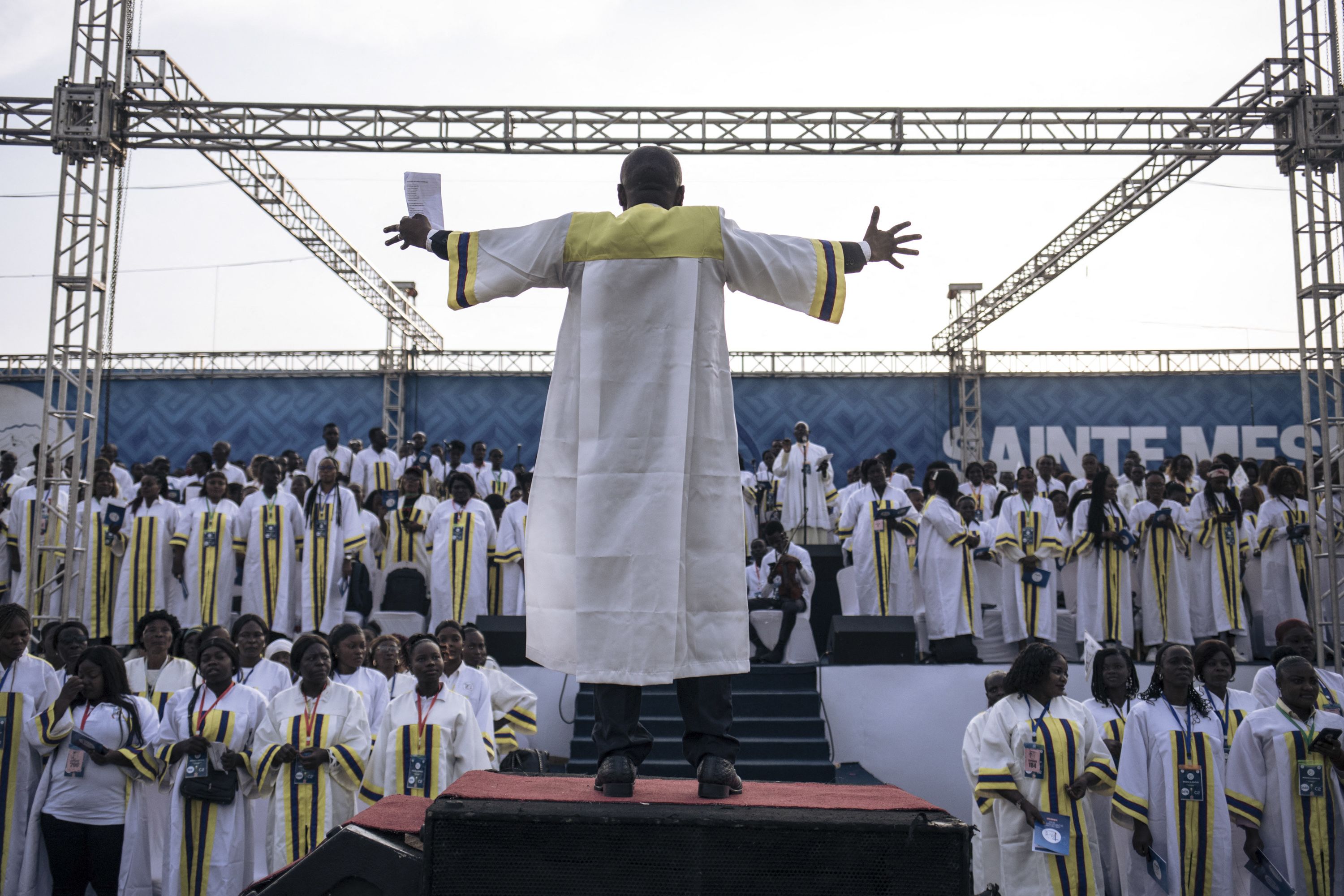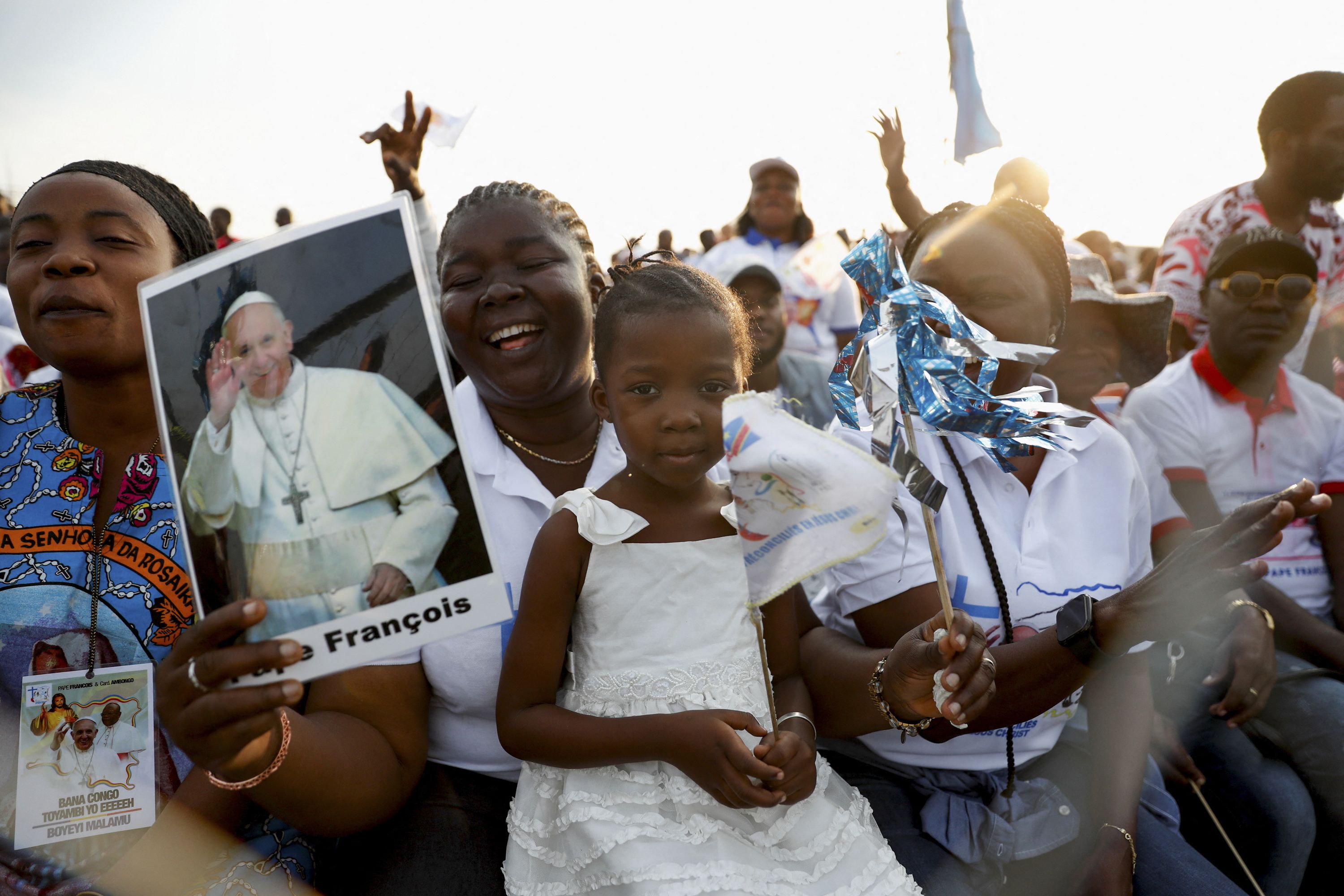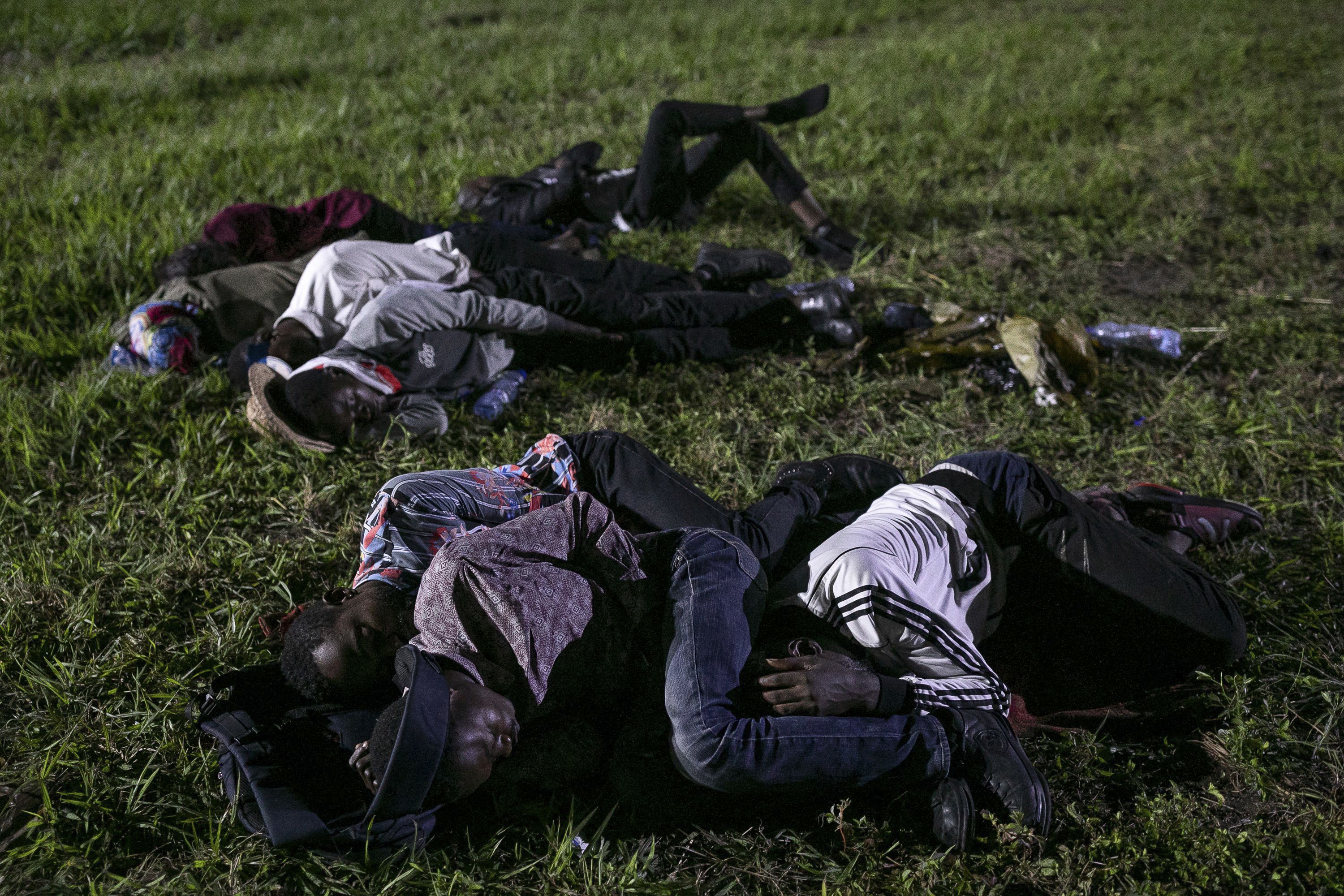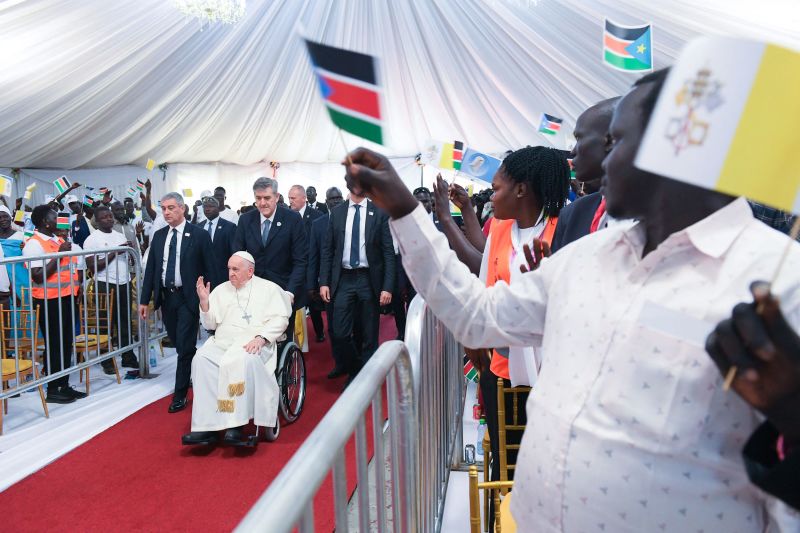Pope Francis’ Historic Visit to Africa: A Journey of Peace and Reconciliation
Pope Francis visited the Democratic Republic of Congo (DRC) and South Sudan this week, where Roman Catholics make up about half of their populations. This significant trip underscores the Catholic Church’s commitment to addressing challenges faced by these countries.
The Context: Conflict and Displacement
Both African nations are rich in natural resources, however, they have been plagued by prolonged conflicts. Consequently, millions of refugees and displaced individuals are currently facing profound challenges, including hunger and instability.
This marked the first visit by a pope to the DRC since John Paul II traveled there in 1985, when the country was known as Zaire. The DRC, with its 45 million-strong Catholic Church, has a history of advocating for democracy and human rights. As Pope Francis arrived, the Church was preparing to monitor important elections scheduled for December.
Trip Overview and Highlights
The 86-year-old pontiff’s journey spanned from January 31 to February 5. This trip, initially planned for July, was postponed due to the pope’s chronic knee injury, an issue which has since seen improvements.
On Friday, the pope departed Kinshasa for South Sudan’s capital, Juba. During this visit, he was accompanied by notable figures such as the Archbishop of Canterbury, Justin Welby, and the Moderator of the General Assembly of the Church of Scotland, Iain Greenshields. Welby emphasized the importance of this gathering, stating, “This will be a historic visit. After centuries of division, leaders from three different branches of Christianity are coming together in an unprecedented way.”
Addressing the Humanitarian Crisis
According to the United Nations, there are currently 2.2 million internally displaced people within South Sudan alone, and an additional 2.3 million have fled to neighboring countries as refugees. The UN has acknowledged the Catholic Church as a “powerful and active force in building peace and reconciliation in conflict-torn regions.”

